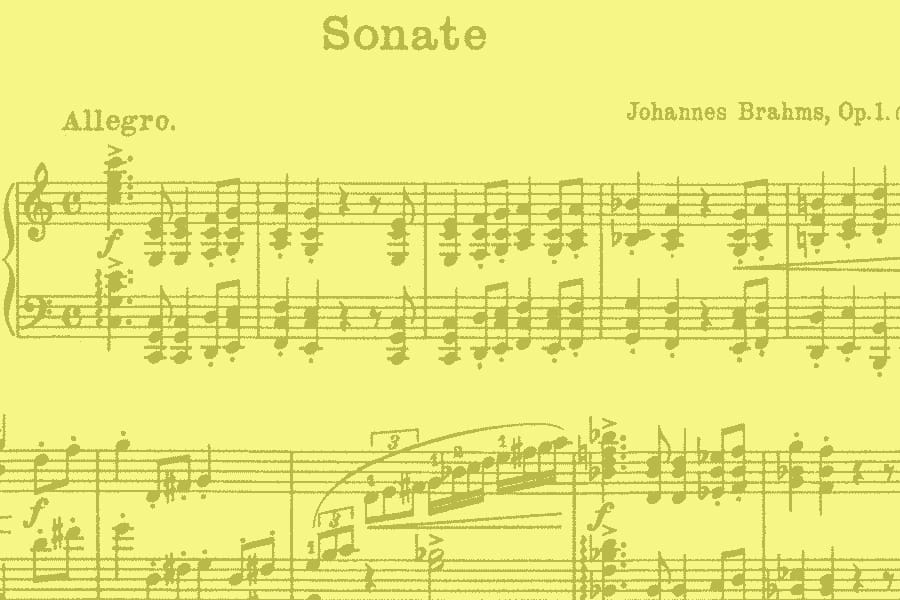 These days it’s not as common as it used to be for composers to number their works, and group them together within an “opus”. But even when it was, Opus 1 wasn’t necessarily the first piece that they had written, or even had published. Some were too busy churning out pieces to take the time to inventory them fully, others chose what they thought might be their breakout work. But here’s a sampling of some of the works that have that designation.
These days it’s not as common as it used to be for composers to number their works, and group them together within an “opus”. But even when it was, Opus 1 wasn’t necessarily the first piece that they had written, or even had published. Some were too busy churning out pieces to take the time to inventory them fully, others chose what they thought might be their breakout work. But here’s a sampling of some of the works that have that designation.
Some composers have selected a work to be Opus 1, and left all the other numbering and ordering to future musicologists. Even though Bach was in his mid-40’s by the time he wrote his set of Partitas for keyboard, and had already written the English and French Suites, he designated it number 1. And John Adams may have been only speaking metaphorically when he described Phrygian Gates and China Gates as being his benchmark – the point at which his mature musical style could be heard. For many of the great composers, it’s a work for solo piano – Brahms, Prokofiev, and even Wagner could boast of their opus 1 piano sonatas, Some accompanied works of chamber music led the way for Mozart (a violin sonata) and Handel (one for flute), but Beethoven wanted his to be a Piano Trio, and Haydn, the “Father of the string quartet”, fittingly has one in B-flat Major. Benjamin Britten and Stravinsky had student pieces in the opening position: the Sinfonietta, and the Symphony in E-flat, respectively. Debussy, a famous contrarian, only chose to label a piece with an opus number once – his Opus 10 String Quartet.







